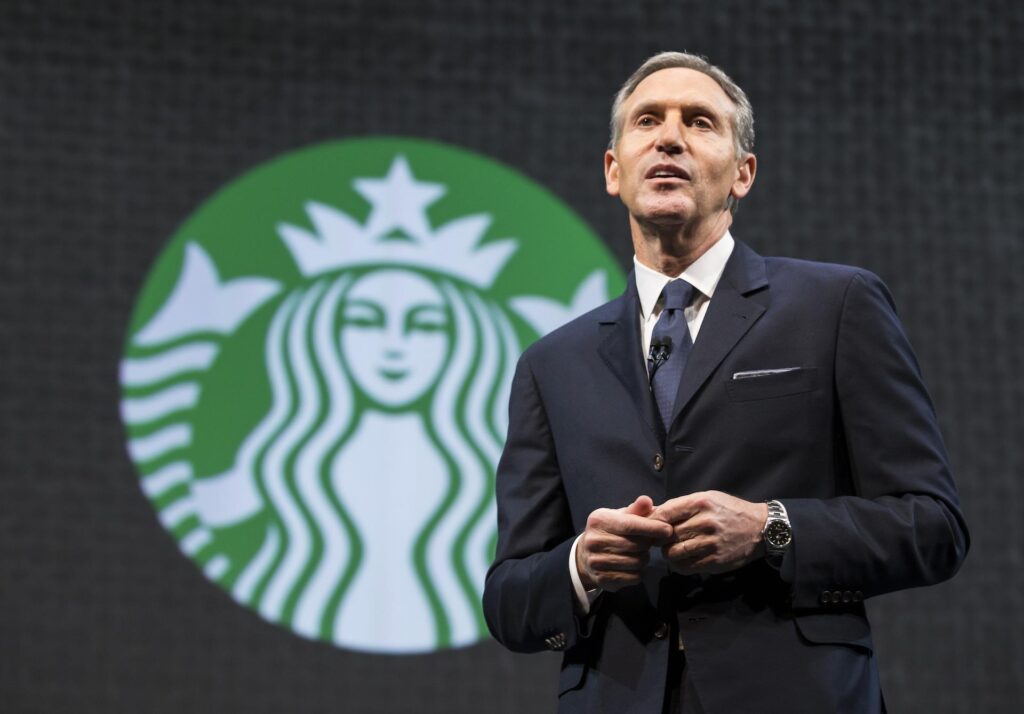Starbucks is dealing with a lot right now. There’s an ongoing unionization effort nationwide that’s accused Starbucks’ way of handling labor issues as “broken” and “flawed.”
But there’s also the quarterly net revenue that fell below the shareholder expectations. The coffee giant’s revenue slipped to $8.6 billion, a 2% drop that’s nonetheless worrisome for many, including former CEO Howard Schultz.
Starbucks’ Problems
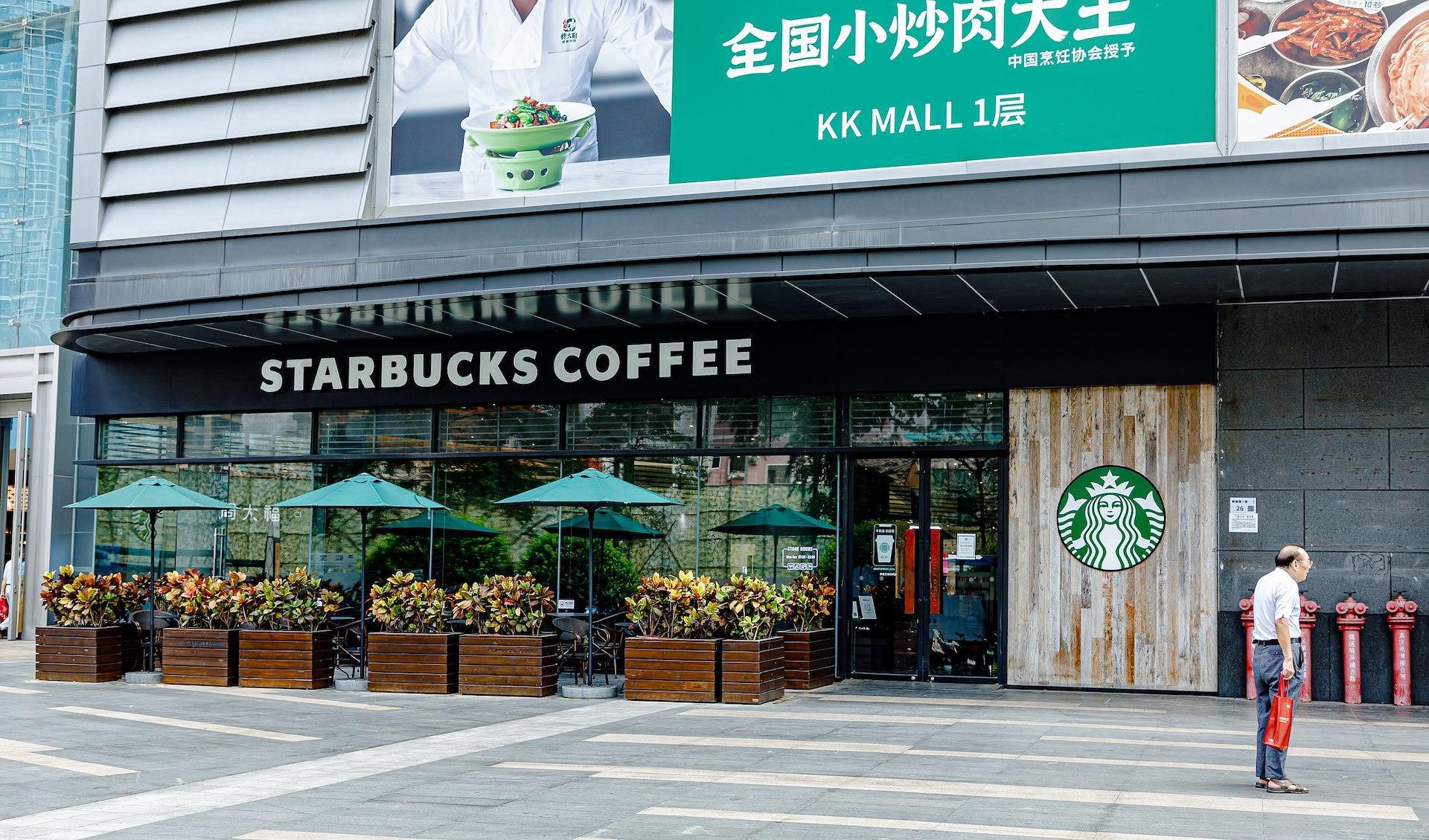
The diminishing sales figures can be blamed on a few factors. Visits from the occasional customers have declined, for one. Another is the peak morning rush that leaves mobile phone orders incomplete and lowers the customer experience overall.
Starbucks’ stock is also down 22% this year, leaving the company worth around $82 billion. And, in its second biggest market of China, sales have also dropped a stunning 8% to $705.8 million.
Begin at Home
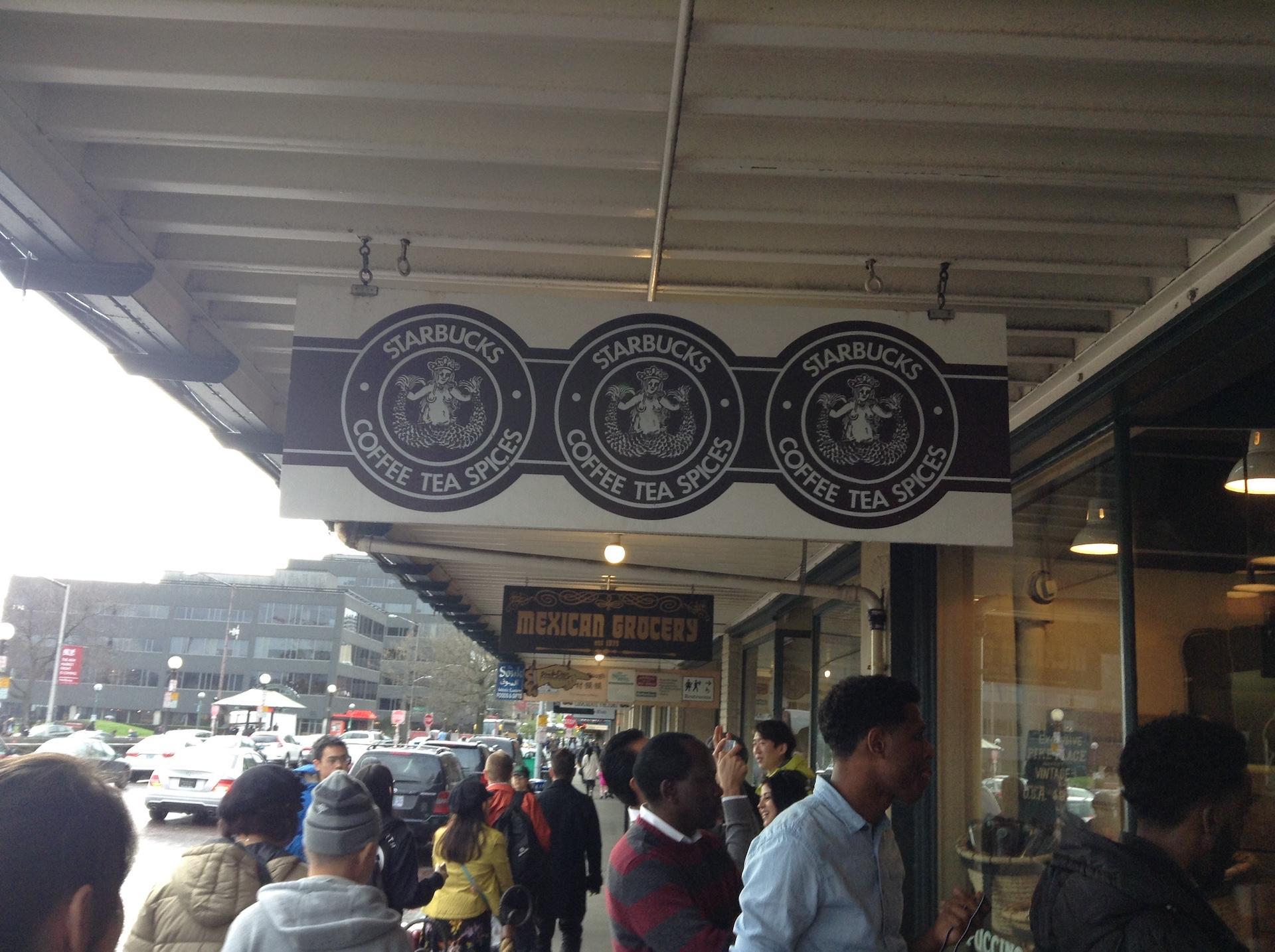
So, what does Starbucks need to deal with the problem? Former CEO Schultz said in a LinkedIn post, it needed to undergo a strategic overhaul.
He wrote, “I have emphasized that the company’s fix needs to begin at home: U.S. operations are the primary reason for the company’s fall from grace. The stores require a maniacal focus on the customer experience, through the eyes of a merchant. The answer does not lie in data, but in the stores.”
Wearing the Green Apron
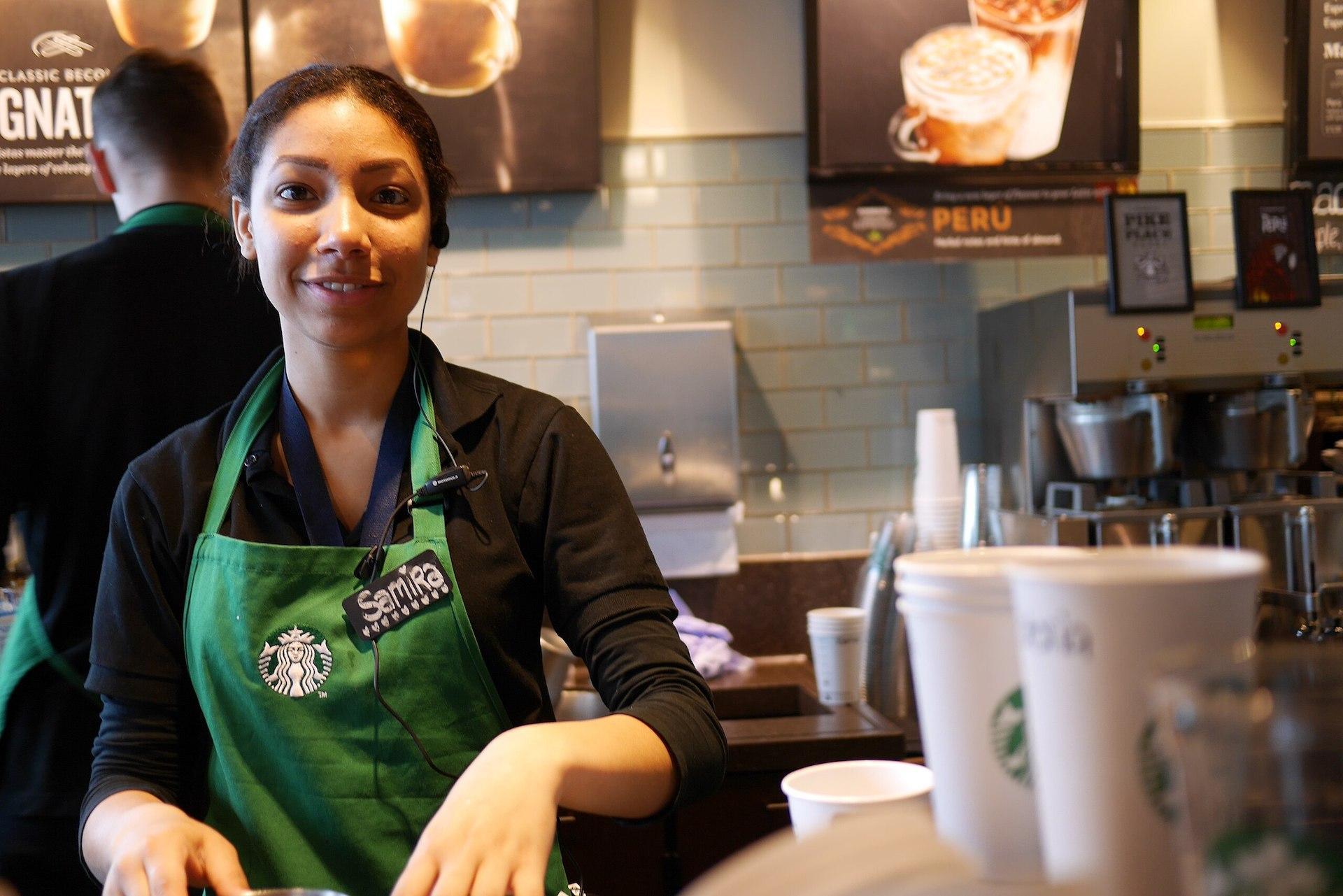
Schultz suggested that the coffee company’s senior leaders, including current CEO Laxman Narasimhan, would do well to spend more time in the stores talking and sharing the same experiences as baristas.
But Narasimhan had already begun doing that since he took over the mantle of CEO last year. “My immersion provided me with exposure to every aspect of Starbucks business, culture, and brand,” he said. “Together, we have acknowledged the opportunity for a refounding of Starbucks.”
Reinvention Plan
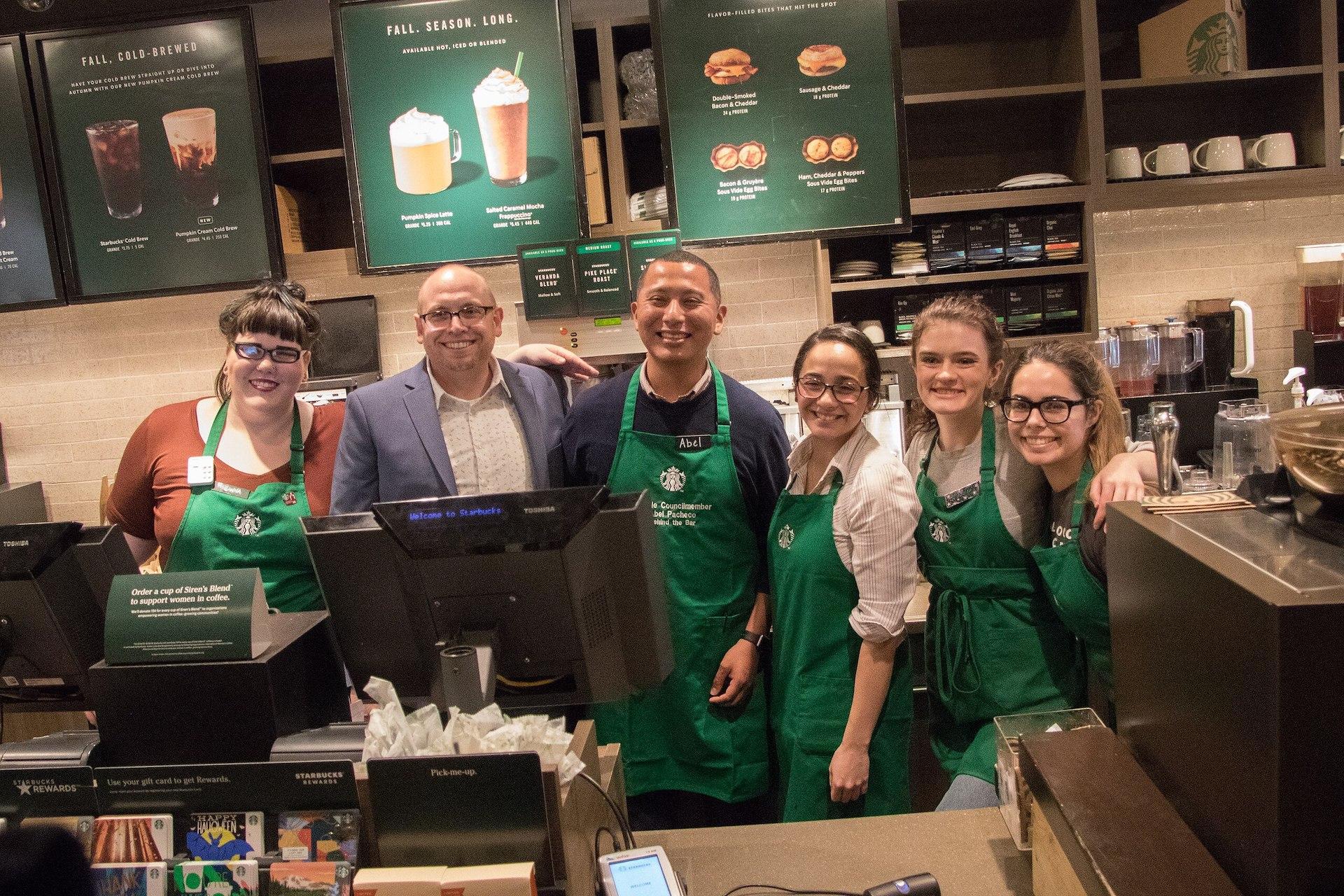
Narasimhan had also been implementing some “reinvention plans” to deal with Starbucks’ various issues. One of them focuses on long-term hiring and retaining employees, as well as investing in partner wages and overhauling store operations.
And this has been implemented: starting in 2024, some hourly partners eligible in the U.S. retail received an incremental pay raise of a minimum of 3%.
New Position, New Portfolio
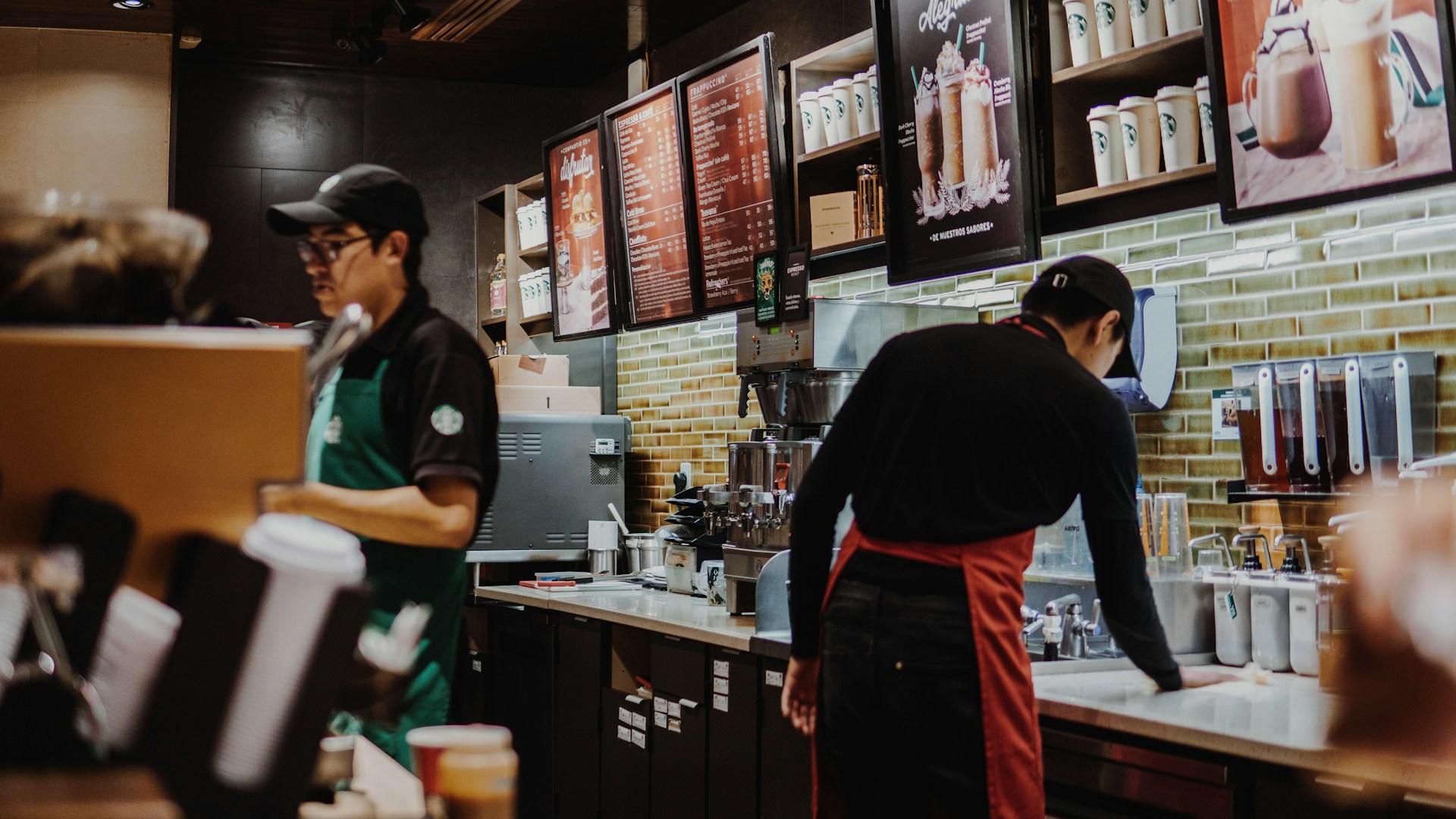
Last March, Starbucks created a new role: CEO for North America. The position came into effect after it began its revamp of the U.S. store portfolio with a new inclusive framework allowing the customers to order with no hassle.
Lighting and structural changes were also made to allow easier listening between baristas and customers. They’re also meant for better communication and efficient execution of work activities.
Some Questionable Suggestions

But not all ideas by Narasimhan are on point for Schultz, it seems. In his LinkedIn post, Schultz appeared to be questioning some of those turnaround plans. Narasimhan mentioned the inclusion of some new drinks that would drive customers to their stores later this year—boba drinks, sugar-free drinks, and an energy beverage.
However, Schultz pointed out that focus should be on coffee. Coffee is what differentiates Starbucks from other beverage brands and where the company’s premium position stands.
Coffee-Forward Innovation
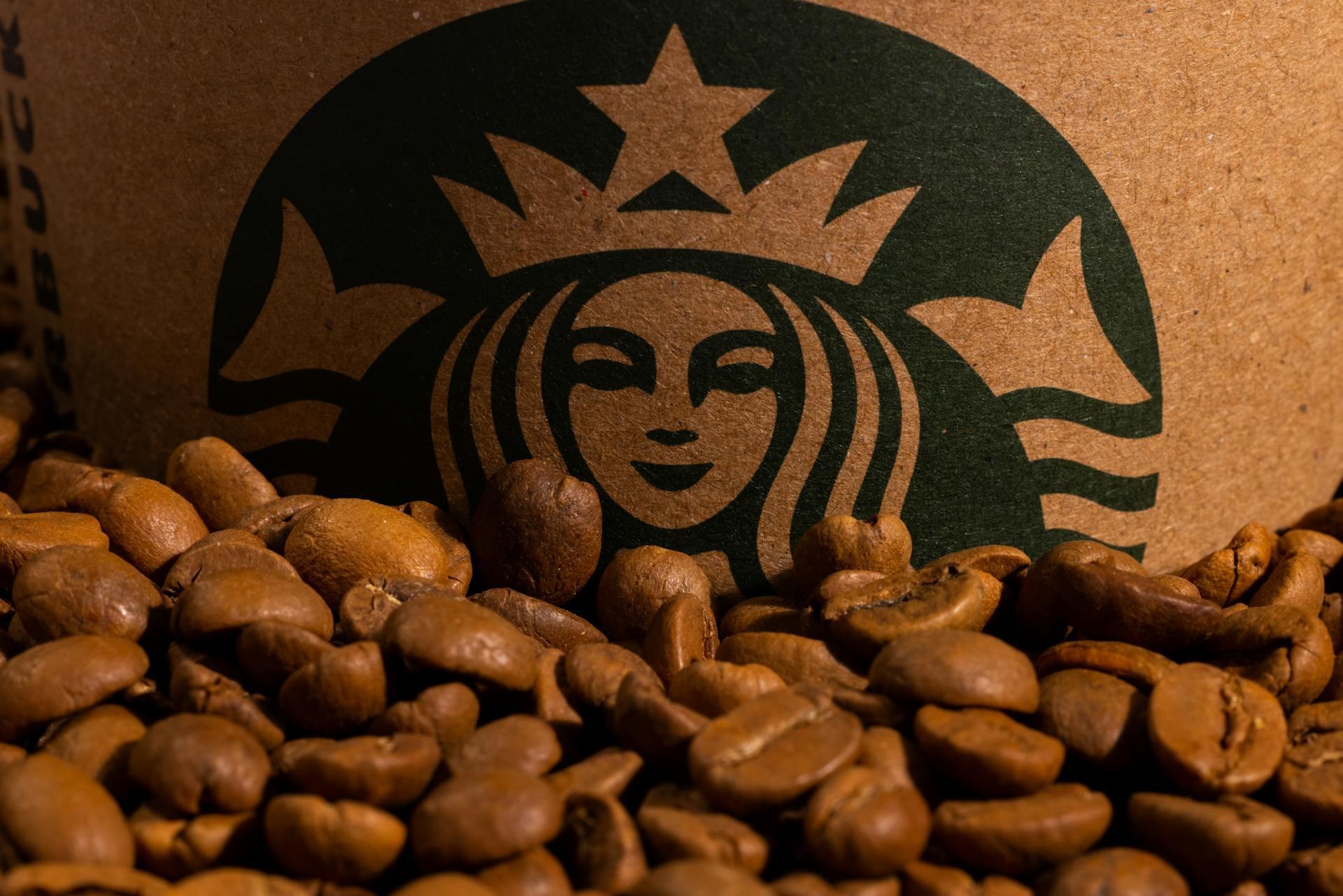
“The go-to-market strategy needs to be overhauled and elevated with coffee-forward innovation that inspires partners, and creates differentiation in the marketplace,” Schultz recommended, which Narasimhan already kept in mind.
The current CEO announced plans for pop-up coffee shops in the U.S. and elsewhere last month. Plus, Starbucks aims to use the stores to experiment with limited edition coffee drinks and educate younger customers about coffee.
Improving Mobile Orders
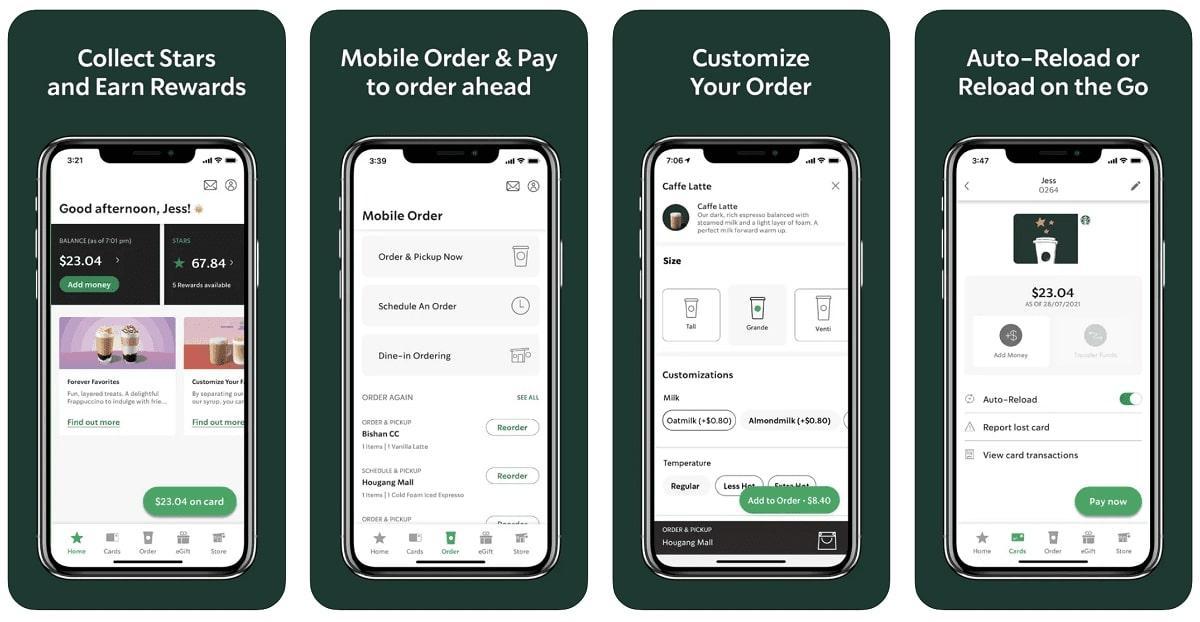
Another step that Schultz recommended Starbucks to take is updating its mobile ordering and payment platform. He wants to see it “once again make it the uplifting experience it was designed to be.”
But he didn’t go into the specifics of what should be changed. Meanwhile, Narasimhan already said last fall that Starbucks is expediting the introduction of new digital features in its app. These features are meant to help with the personalization of the customer experience.
Not Doing Too Much Too Soon
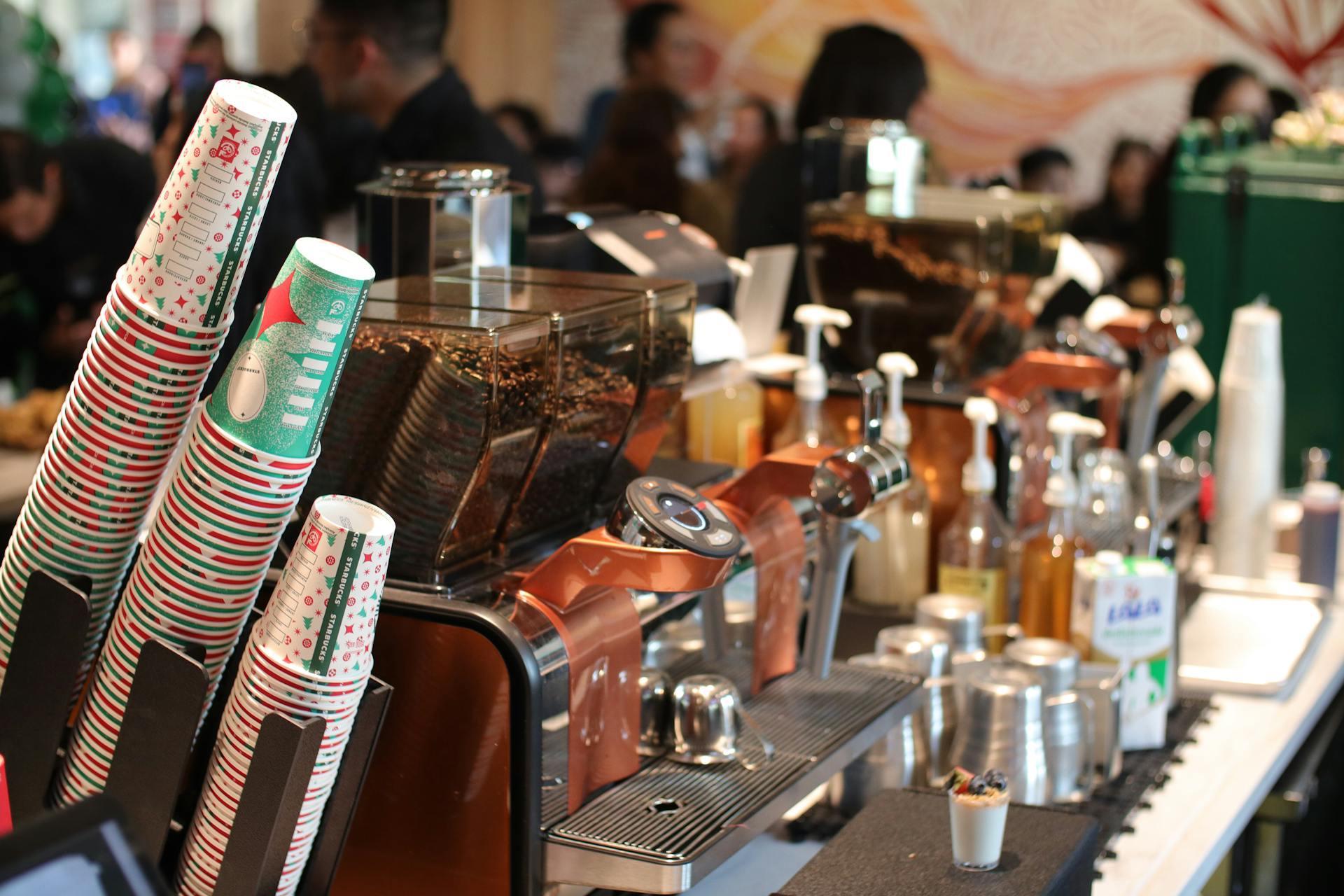
Schultz acknowledged Starbucks’ journey going forward wouldn’t be easy. “‘A miss’ is virtually inevitable even at the best-managed, fastest-growing firms,” he said. Although, he continued, what comes after the miss is more important.
“At any company that misses badly, there must be contrition and renewed focus and discipline on the core,” he stated. “Own the shortcoming without the slightest semblance of an excuse. There is a natural tendency to try to do too much too soon. Don’t try to do everything at once.”
Confident in Its Own Success

Thanks to Schultz’s perspective, Starbucks is ready to move forward. The company told FOX Business how it continues to appreciate the former CEO’s opinions and suggestions.
“The challenges and opportunities he highlights are the ones we are focused on,” the company said. “And like Howard, we are confident in Starbucks’ long-term success.”
Schultz’s Optimism

The optimism is also shared by Schultz, who’s stepped in several times to lead the company when it’s necessary (first in 2008 and later in 2022). He believed Starbucks would recover, even abroad, from this “fall from grace” episode.
He continued to write, “Starbucks will recover — of that, I am certain.Starbucks created an industry that did not exist. The brand is one of the most recognized and respected in the world. I am confident the China business will return to health and become the company’s largest market.”
